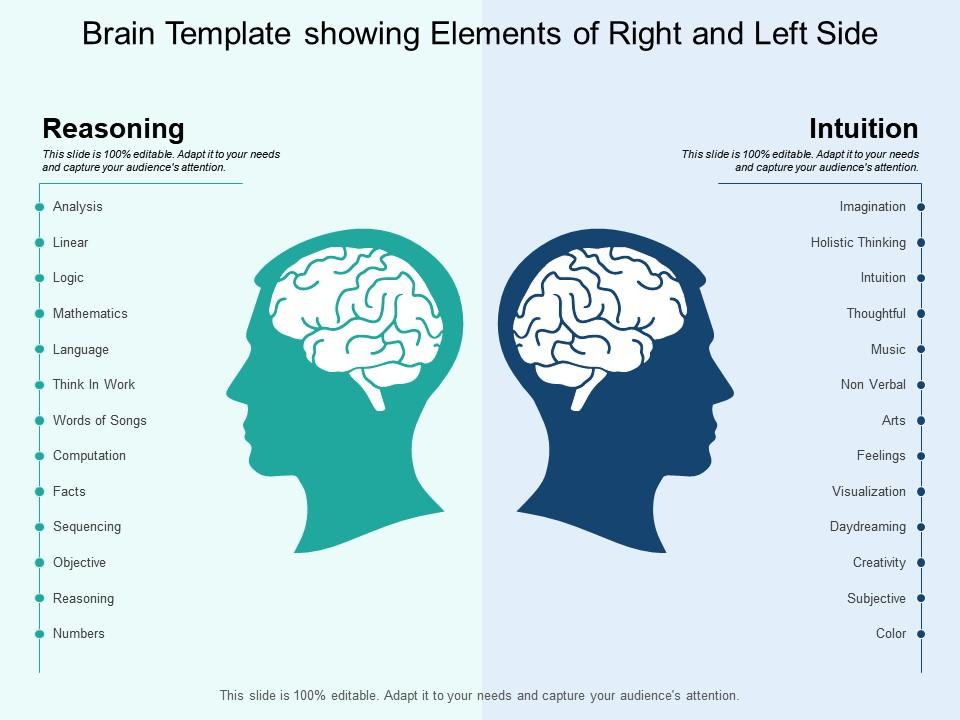

Read : A good way to develop the left part of your brain is to start reading. Analytical skills, problem solving, logic:

Just like you take care of your body daily, you have to take care of your brain as well.ĭepending on what hemisphere you want to develop, there are some ways to improve your brain-power. Your brain doesn’t differ from your body a lot. Now the question arises: Do you have to cling yourself to that idea then?Ĭan you develop analytical and logical skills even when you’re more artistic? The answer is yes. Hence, it’s caused many speculations within the academic environment. Moreover, the left hemisphere is largely responsible for language abilities.ĭoes it mean that most of the people are left-brained? There is a lack of proof for this theory. And since the right side of your body is controlled by the left side of your brain, it indicates that they’re left-brained (logical). Many people claim that the theory is a myth and there’s no such thing as being left or right-brained. Yet, the theory hasn’t been proved, and there is a big debate on its credibility.

You can quickly ask yourself a question about what type of person you are. Moreover, the left hemisphere controls the right side of your body, whereas the right does the opposite. It’s as logical as the fact that some people are more artistic and some people are more analytic. This idea seems to be logical because of left-handedness and right-handedness. It’s used to determine and characterize what personality you have as a human being. The theory states that one of the halves of your brain is dominant over the other. Like before, we first introduce possible injury mechanisms, followed by the state-of-the-art treatment of these injuries.There is a theory that categorizes people into “left-brained” and “right-brained”. In the last part of the module, we finally cover cut injuries and their treatment by means of wound suture. Subsequently, details on the particular risks associated to head injuries are provided and how these dangerous consequences of an accident can be treated correctly. Just like in the other modules, we first focus on the introduction of the anatomy of the skull and afterwards, accident mechanisms of this body region are shown. Afterwards, the module treats two further very common entities in traumatology: traumatic brain injury (TBI) and cut wounds and their treatment by means of adequate wound suture. The participants will subsequently learn about the correct diagnostic examination as well as the different treatment options, conservative and surgical measures as well as adequate follow-up schemes. Furthermore, there is an introduction to the classifications of this type of fracture. Analogous to the preceding modules, the anatomical basics are covered first. The first part of this module is about tibial head fractures. Für die ursprüngliche, deutsche Version des Kurses besuchen Sie bitte. Depending on the respective consultant’s specialization, suitable case scenarios from our clinic are presented.ĭieser Kurs ist auch in deutscher Sprache verfügbar. The course was compiled by an interdisciplinary team of internationally renowned experts from the special field of orthopedic surgery from Germany.


 0 kommentar(er)
0 kommentar(er)
